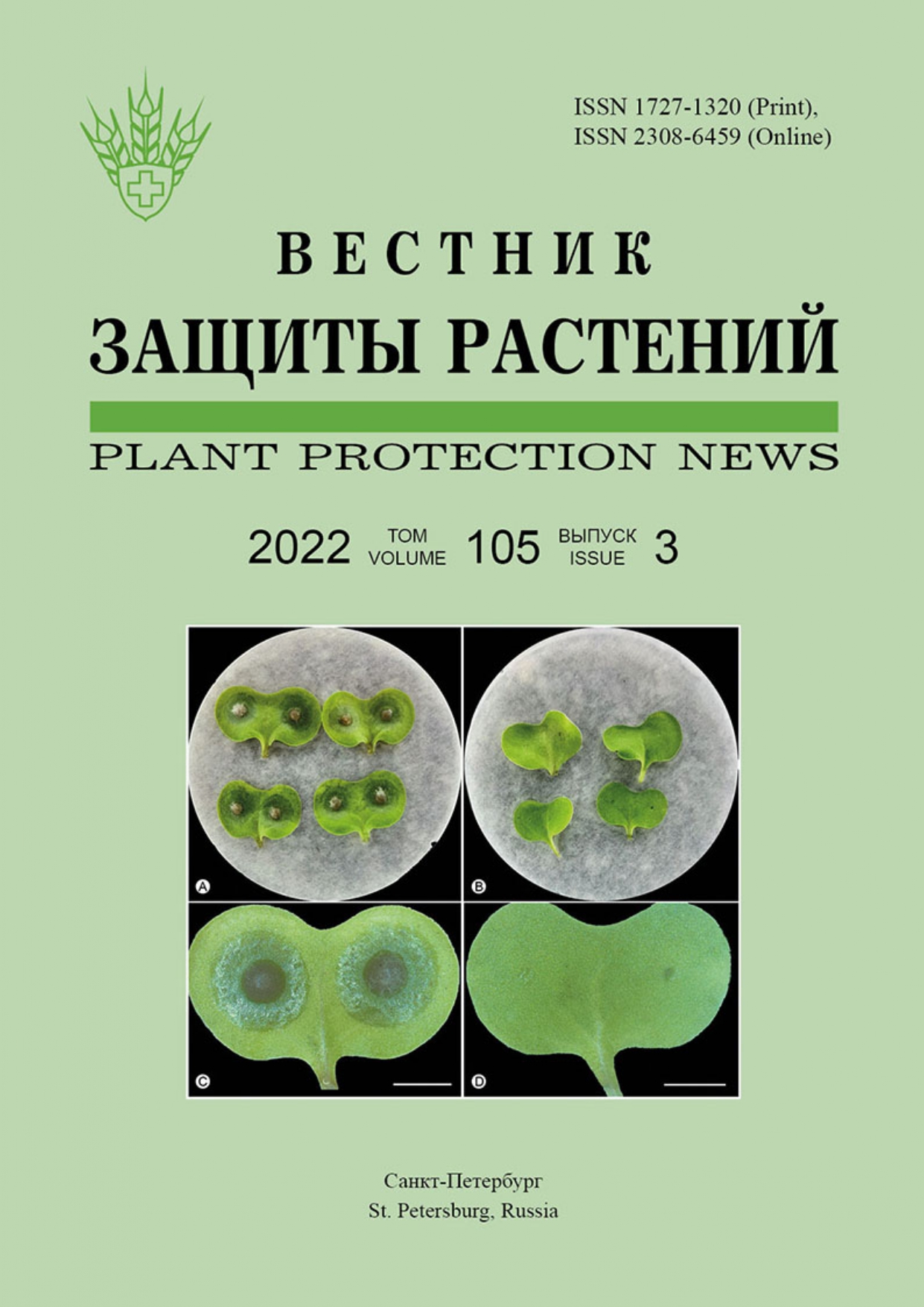Directions for improvement of the herbicide assortment in Russia at the beginning of the 21st century
Keywords:
herbicides, weeds, active ingredients, formulations, combined herbicidesAbstract
Changes in herbicides recommended for the use in Russian Federation between 2000 and 2022 are analyzed. The main directions of iimproving chemical control of weeds are identified based on the integration of domestic market with the world market. Only a limited number of active ingredients was introduced in Russia during the last decade, including pinoxaden, thiencarbazone-methyl, piroxulam, sodium flucarbazone, topramezone, diclosulam, tembotrione, and metamifop. Improved formulations of herbicides such as colloidal solution concentrate with increased penetrability due to the particle size reduced by an order of magnitude became widely available. Premix herbicides were developed based on tribenuronmethyl, metsulfuron-methyl, florasulam, clopiralid, picloram, imazamox, imazapyr, imazethapyr, etc.Parameters for herbicide application were optimized to consider phenology of weeds. Novel technologies were implemented, such as growing hybrids resistant to certain active ingredients to allow their application during crop vegetation.



